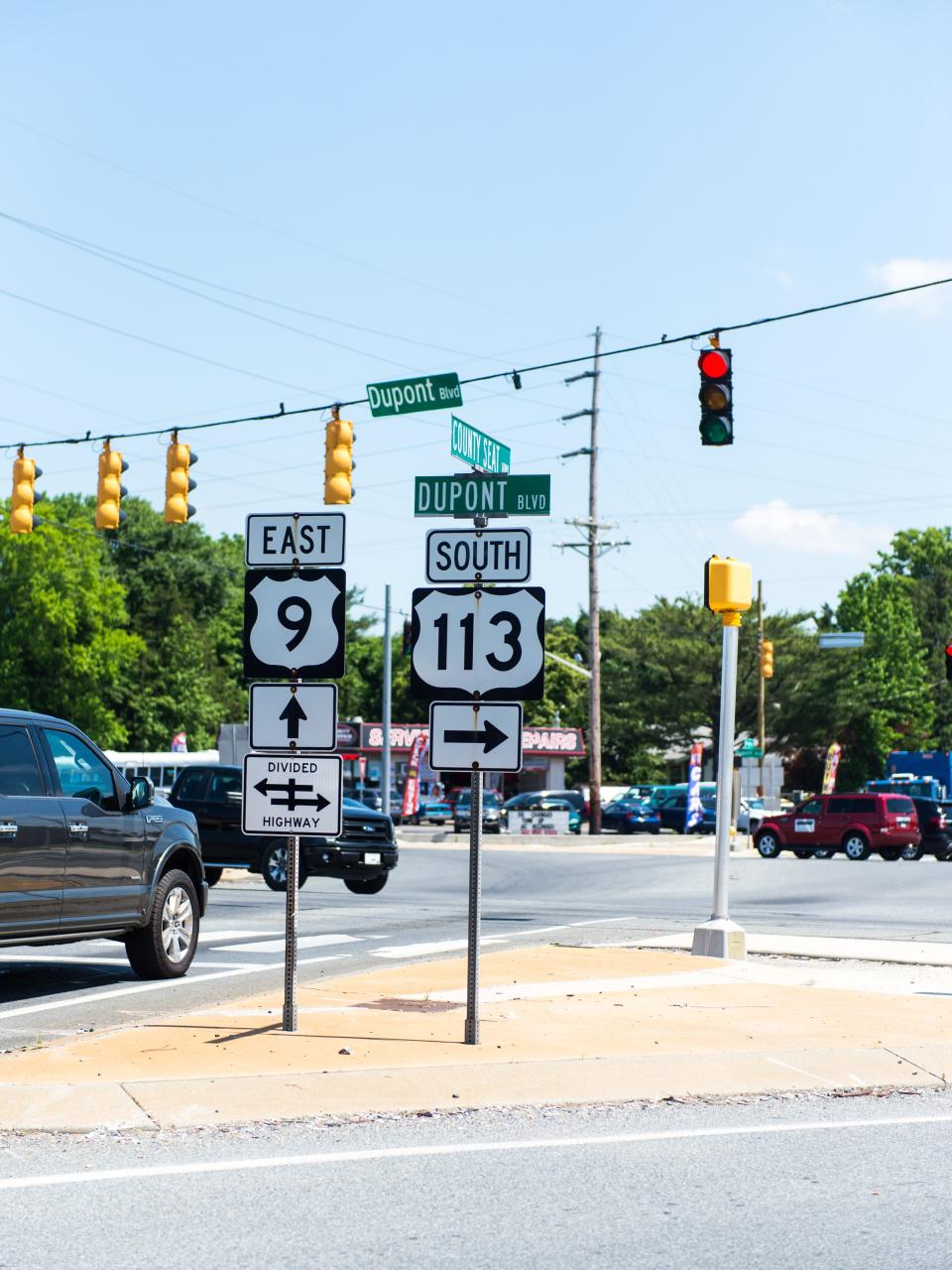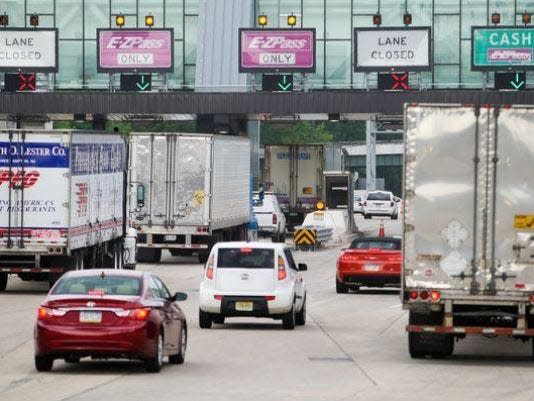How Coleman Du Pont's highway became a model for US interstates
- Oops!Something went wrong.Please try again later.
On May 19, 1926, the Smyrna Times reported that Delaware Lt. Gov. James Hall Anderson, speaking before a meeting of the Chester, Pennsylvania Automobile Club, “outlined plans for Delaware State Highways, that he predicts will make our road system a model for the nation.”
Anderson went on to say, “We in Delaware are proud of our improved roads,” but out of a total of 3,800 miles of Delaware roads, only about 600 have been improved.
According to Anderson, “This condition is not only local to Delaware, but to the entire nation … As long as two-thirds of the farmers of this country still live on dirt roads, we in this country could never truly boast of improved roads.”

At the beginning of the 20th century, Delaware’s roads were not a model that any state would want to follow. Few roads outside of Wilmington and other towns were paved. When it rained, most Delaware roads turned into quagmires that ensnared the new-fangled horseless carriages.
As the number of motorized vehicles rose, the condition of the state’s roads appeared more hopeless, until 1911, when T. Coleman du Pont proposed using his own money to construct a modern, hard-surfaced highway from one end of the state to the other and presenting it to Delaware as his gift to the state.
It took a decade of work and $4 million, but du Pont made good on his promise. Two years after the highway was formally dedicated, the Milford Chronicle reported on Dec. 17, 1926, “The people of Delaware today are enjoying Senator du Pont’s foresight, as they are riding over the du Pont Highway, a masterpiece of highway construction extending the full length of Delaware, a gift of Senator du Pont to the people of his State.”
Eight months after Lt. Gov. Anderson predicted that Delaware’s roads system would be a model for the nation, Sen. du Pont introduced a bill in the United States Senate that, if enacted, would launch the largest road project ever undertaken.

According to the Milford Chronicle, “The bill of the Delaware Senator and champion of good roads provides for survey of a super highway from the Atlantic to the Pacific Coast that would accommodate two-way fast traffic for passenger autos and two-way traffic for trucks and other heavy traffic. A road of this character, 3,500 miles or more across the Continent, presents the most important national constructive legislation since the Panama Canal, it is asserted.”
Under du Pont’s bill, a federal agency would be created to construct and operate the coast-to-coast highway. This agency would be authorized to acquire land for a minimum 500- foot right of way, which would be wider than that needed for the highway.
DELAWARE HISTORY: How the Indian River Inlet went from a dream to a coveted haven for big fish anglers
DELAWARE ATTRACTIONS: Delaware road trip scavenger hunt: Can you spot all 11 roadside attractions around the state?
The unused portion of the right of way would be leased to a variety of public and private concerns to pay for the road and its upkeep.
The Milford Chronicle commented, “The legislation du Pont now proposes presents a project of national importance. It would be of benefit to the postal service, both in motor and air transportation. It would be a factor in national defense, for the importance of good road facilities in time of war was demonstrated in the World War.”

Unfortunately, Coleman du Pont died in 1930, before he could replicate the success of Delaware’s Du Pont Highway across America. Following World War II, the seed that du Pont had planted germinated when President Dwight Eisenhower signed legislation to create what was officially known as the “Dwight D. Eisenhower National System of Interstate and Defense Highways.”
At last, Delaware roads had become a model for the nation.
Principal sources
Smyrna Times, May 19, 1926.
Milford Chronicle May 21, 1926; Dec. 17, 1926.
“Dwight D. Eisenhower and the birth of the Interstate Highway System,” https://www.army.mil/article/198095/dwight_d_eisenhower_and_the_birth_of_the_interstate_highway_system
This article originally appeared on Salisbury Daily Times: National model: How Coleman Du Pont planted seed for US interstates

